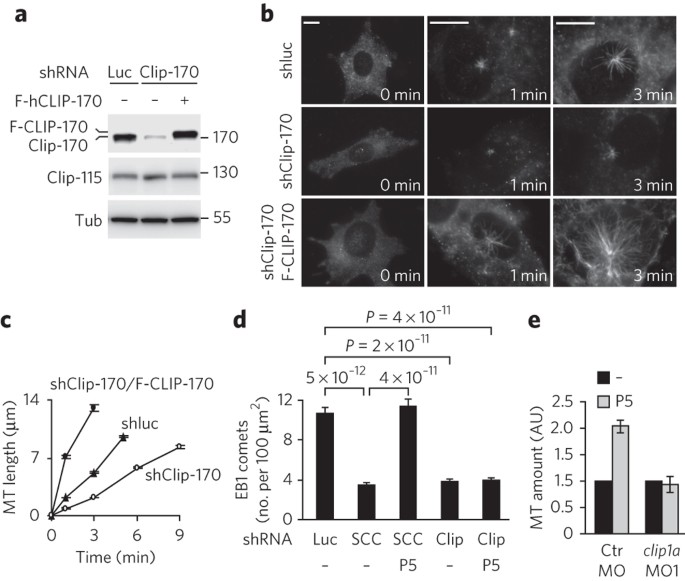
Overexpression of the microtubule-binding protein CLIP-170 induces a +TIP network superstructure consistent with a biomolecular condensate | bioRxiv

Overexpression of the microtubule-binding protein CLIP-170 induces a +TIP network superstructure consistent with a biomolecular condensate | bioRxiv

Stress-induced phosphorylation of CLIP-170 by JNK promotes microtubule rescue | Journal of Cell Biology | Rockefeller University Press

Interactions between CLIP-170, Tubulin, and Microtubules: Implications for the Mechanism of CLIP-170 Plus-End Tracking Behavior | Molecular Biology of the Cell

Ninein is essential for apico-basal microtubule formation and CLIP-170 facilitates its redeployment to non-centrosomal microtubule organizing centres | Open Biology
Overexpression of the microtubule-binding protein CLIP-170 induces a +TIP network superstructure consistent with a biomolecular

Microtubule binding proteins CLIP-170, EB1, and p150Glued form distinct plus-end complexes - ScienceDirect

CLIP‐170 spatially modulates receptor tyrosine kinase recycling to coordinate cell migration - Zaoui - 2019 - Traffic - Wiley Online Library

Pregnenolone activates CLIP-170 to promote microtubule growth and cell migration | Nature Chemical Biology

CLIP-170S is a microtubule +TIP variant that confers resistance to taxanes by impairing drug-target engagement - ScienceDirect

AMPK controls the speed of microtubule polymerization and directional cell migration through CLIP-170 phosphorylation | Nature Cell Biology
CLIP-170S is a microtubule +TIP variant that confers resistance to taxanes by impairing drug-target engageme

α-Tubulin Tyrosination and CLIP-170 Phosphorylation Regulate the Initiation of Dynein-Driven Transport in Neurons - ScienceDirect









